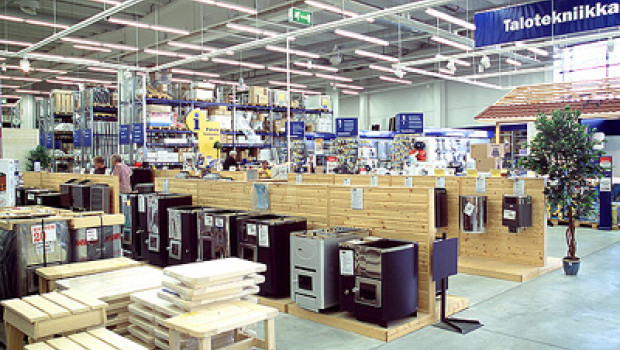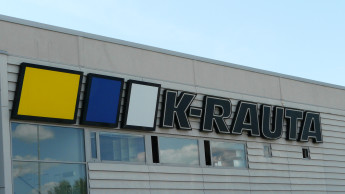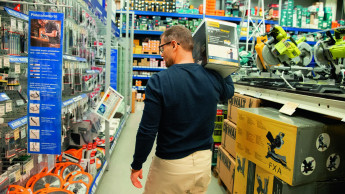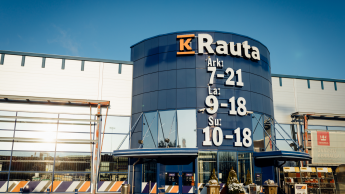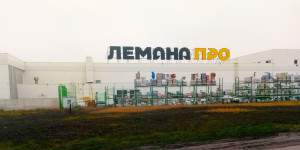Management consultants Cap Gemini Ernst & Young have scrutinized the buying behaviour of European consumers in a survey based on a number of case studies. K-rauta, the subsidiary of the Finnish Kesko Group, was selected as an example from the DIY retail trade. DIYglobal provides a record of this chapter of the survey
To meet this challenge, K-rauta has opted to pursue a strategy of dominating on service and differentiating on access. The company’s service focus hinges on several factors: offering customised solutions, advice, ideas and inspiration; obtaining and organising installation services for customers; strong training programmes that are tailored to the different departments and different types of customer groups to be served; and highly skilled specialists in areas such as house construction and kitchen and bathroom renovations.--nextpage--
The company’s differentiation on access is critical in a channel that covers a wide range of products and attracts diverse customer groups.
K-rauta’s secondary emphasis on access is reflected in a number of features inside the stores that are designed to make shopping easier:
The units are divided into two distinct sections – the “soft” side, which contains interior decoration items such as wallpaper, paint, ceramic tiles and floor coverings, and the “hard” side, consisting of construction products, hardware items, tools and building materials.
In-store signs are clear and properly located, helping consumers find what they need quickly and easily.
Purpose-built displays such as unrolled wallpaper shown in the correct lighting, finished tiling exhibits and a trial bench for electric tools are designed to make it easier for customers to locate the right products for the job.
Store settings have been designed around kitchens, bathrooms, saunas, entrance halls, etc., so shoppers can find the products they need.
A cash-and-carry system allows customers to load goods directly from the store’s warehouse and pay in the cash-and-carry yard after loading.
In-store service locations are positioned in areas where there are products that a customer is likely to need advice about.
Company executives note that this service/access strategic framework has helped K-rauta achieve success in the changing hardware/DIY market.

 Menü
Menü




